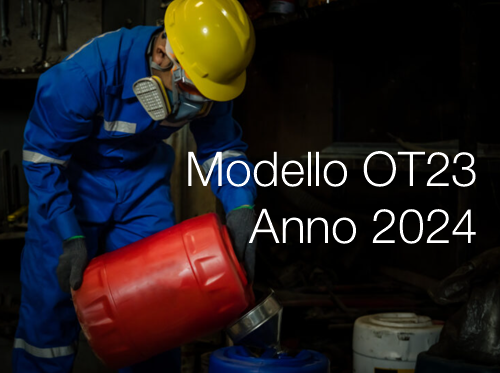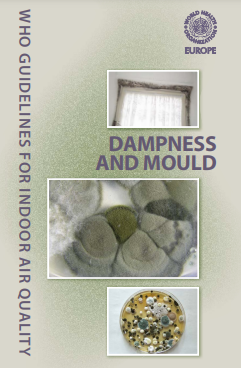Modello Riduzione tasso medio prevenzione INAIL anno 2024 | OT23
- 0

Modello Riduzione tasso medio prevenzione INAIL anno 2024 | OT23 / Entro il 29 Febbraio 2024
ID 20119 | 07.08.2023 / Documenti allegati
Pubblicata la versione aggiornata del modulo OT23 - anno 2024 e l...

































